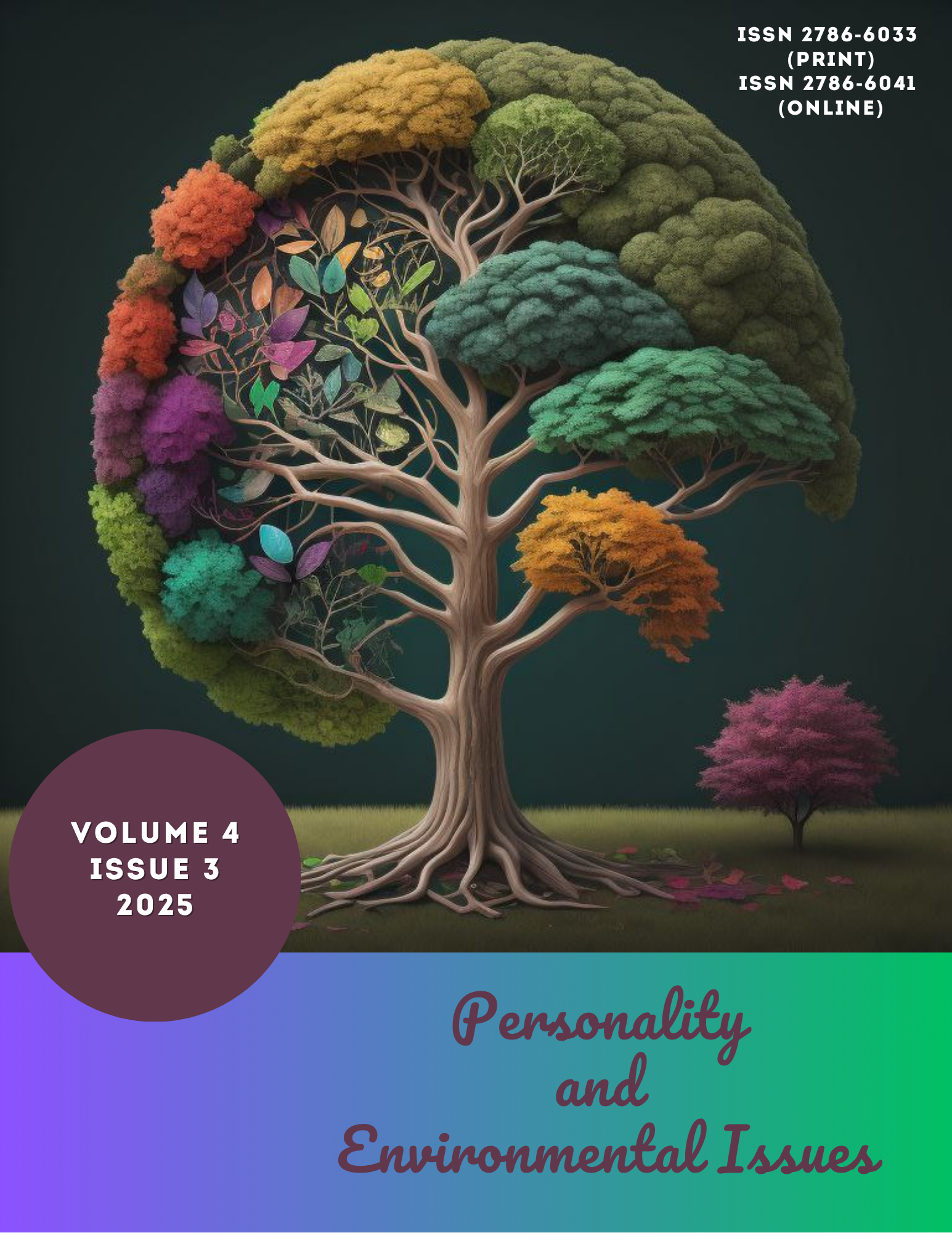Abstract
The article is devoted to the study of one of the innovative approaches in correctional work—a combination of animal-assisted therapy and natural environment therapy (ecotherapy) to promote the socio-emotional development of children with autism spectrum disorders (ASD). The relevance of the study is determined by the growing need for effective, non-directive methods of supporting children with ASD, who often have significant difficulties in the areas of social interaction, communication, and emotional regulation. The aim of the article is the theoretical analysis and empirical substantiation of the synergistic effect of interaction with animals in natural conditions on the socio-emotional sphere of children with this nosology. The article analyzes the key mechanisms of animal-assisted therapy's influence, such as reducing anxiety levels, stimulating non-verbal communication, developing empathy, and motivating social contact. Separately, the role of the natural environment is considered as a factor that reduces sensory overload, promotes relaxation, and provides rich opportunities for unstructured play and exploration. The results of the conducted research demonstrate that such a comprehensive approach positively affects several key aspects:
- Reduction of social anxiety and manifestations of stereotypical behavior.
- Improvement of joint attention and eye contact skills.
- Development of the ability to recognize and express one's own emotions.
- Increased initiative in establishing social contacts (with the animal, as well as with the therapist or peers).
Conclusions. It is substantiated that the integration of animal-assisted therapy into the natural environment creates unique, enriched, and at the same time calming conditions, which act as a catalyst for the development of socio-emotional skills in children with ASD. This approach has significant therapeutic potential and can be recommended as an effective supplement to traditional intervention programs.
References
Koval, I. M., Potapchuk, O. I. (2021). Vykorystannia kanisterapii dlia korektsii psykhoemotsiinoi sfery ditei molodshoho shkilnoho viku z rozladamy autystychnoho spektra. Osvita osib z osoblyvymy potrebamy: shliakhy rozbudovy, S.112–123.
Fung, B. (2021). Impact of Green-Time and Animal-Assisted Interventions on the Well-Being of Children with ASD. International Journal of Environmental Research and Public Health, 18(9), 4851.
Gabriels, R. L., Pan, Z., Guérin, N. A., Dechant, B., & Mesibov, G. (2021). Long-Term Effect of Therapeutic Horseback Riding in Youth with Autism Spectrum Disorder: A Randomized Trial. Journal of the American Academy of Child & Adolescent Psychiatry, 60(2), 275–285.
Wijker, C., Leontjevas, R., Spek, A., & Enders-Slegers, M. J. (2020). Effects of Dog-Assisted Therapy for Children with Autism Spectrum Disorder: A Systematic Review and Meta-Analysis. Clinical Child and Family Psychology Review, 23(1), 17–33.

This work is licensed under a Creative Commons Attribution 4.0 International License.
Copyright (c) 2025 Марія Дністрянська, Павло Куц





